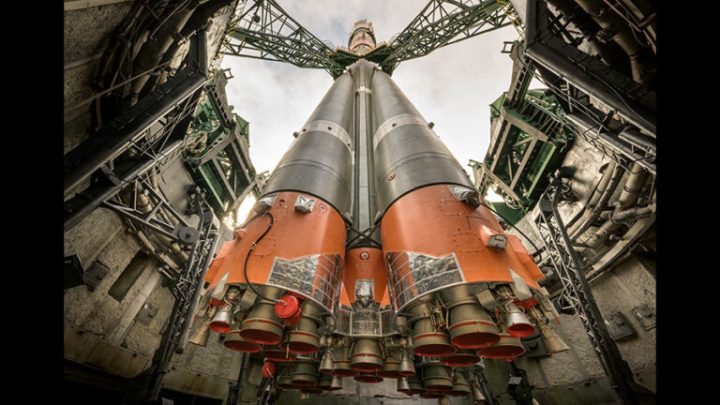On Friday, September 15, a crew of three astronauts will be launching on a Russian Soyuz rocket headed for the International Space Station (ISS). The trio comprises NASA astronaut Loral O’Hara and Roscosmos cosmonauts Oleg Kononenko and Nikolai Chub, who will be flying in the Soyuz MS-24 mission and will spend approximately six months aboard the orbiting space station before returning to Earth.
NASA will be live-streaming the launch and docking of the mission, and we have the details on how you can watch the live stream for free below.
What to expect from the launch

The trip will launch from the Baikonur Cosmodrome in Kazakhstan, with launch scheduled for 11:44 a.m. ET (8:44 a.m. PT) on Friday. The journey will take just a few hours, with docking scheduled for Friday afternoon when the trio will join the current station crew of seven. The current crew consists of the four SpaceX Crew-7 astronauts who arrived last month, plus the Soyuz MS-23 crew of three who have been on board since February.
Two Roscosmos cosmonauts, Sergey Prokopyev and Dmitri Petelin, will be in charge of monitoring the arrival of the MS-24 at the station. “After the new crew docks and after leak and pressure checks, Prokopyev will open the station’s Rassvet hatch while Kononenko and Chub will open the Soyuz hatch,” NASA writes. “The new trio will enter the orbital outpost, join the station crew for a welcoming ceremony, participate in a safety briefing, and begin a six-month space research mission.”
Within the next few weeks, the Soyuz MS-23 crew will return home, leaving just the Crew-7 and MS-24 members on the station. The MS-24 crew includes NASA astronaut Frank Rubio, who has just set a new record for the longest single stay in space by a NASA astronaut.
How to watch the launch
NASA TV will live-stream the MS-24 launch with coverage beginning at 10:45 a.m. ET (7:45 a.m. PT) on Friday. The Soyuz craft is scheduled to dock with the ISS at 2:56 p.m. ET (11:56 a.m. PT), with coverage for this section of the mission beginning at 2 p.m. ET (11 a.m. PT). You can also catch the opening of the hatch and welcome from the current ISS crew starting at 4:45 p.m. ET (1:45 p.m. ET).
You can watch NASA TV either by heading to NASA’s YouTube page or by using the video embedded near the top of this story.



